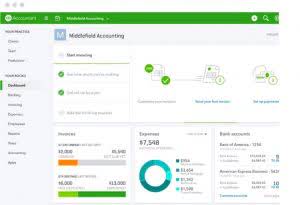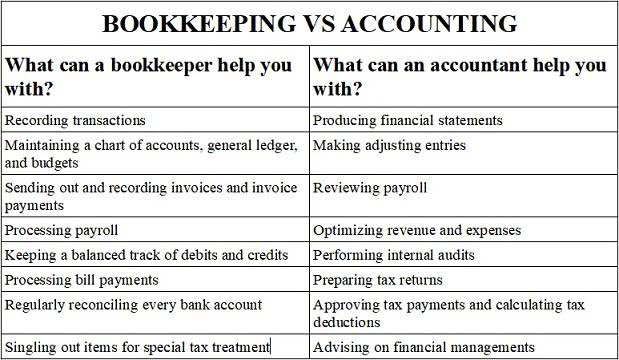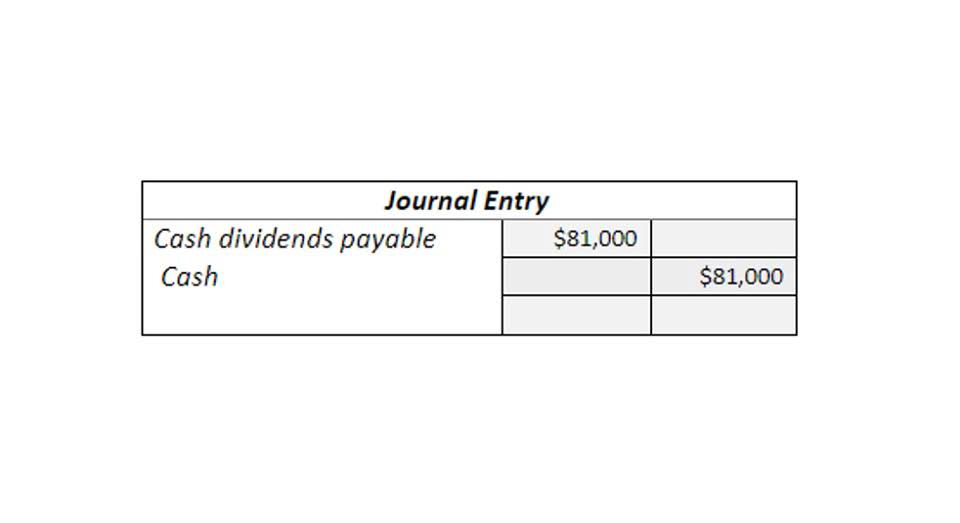How is Net Pay Calculated? Definition, Formula and FAQs

At this point, you’ve calculated gross pay, mandatory deductions, and voluntary deductions. You also need to factor in any adjustments or additions that can either increase or decrease the final net pay. These can include things like commissions, reimbursements, wage garnishments, or corrections from previous pay periods. Post-tax deductions are taken from the employee’s pay after taxes have been calculated. These deductions do not lower the employee’s taxable income, so they don’t reduce the amount of taxes owed.

Step 2: Determine the Sum of Pre-Tax Deductions
- Want to find an hourly employee’s gross pay each pay frequency?
- For salaried employees, gross pay is typically calculated by dividing their annual salary by the number of pay periods in a year.
- Employees can also have wage garnishments or live in another state and pay different tax rates.
- Their gross pay would be the $1,153.85 weekly salary plus the $100 commission for a total of $1,253.85.
- Gross pay is the total amount an employee earns before any deductions.
- The system keeps a clear record of all employee absences, so when it’s time to calculate net pay, you can be sure all the time off is factored in correctly.
It includes salary, overtime, bonuses, commissions, and any other compensation that you offer. Reimbursements, bonuses, overtime work are which of the following equations calculates net pay? all forms of income included in gross pay. Her wages are subject to federal income, FICA, and state income tax. In this case, we’ll use the hourly employee from above whose gross pay for the week was $695.

Step 3: Account for Voluntary Deductions

By using attendance tracking software, you can law firm chart of accounts ensure that all leave time is accurately reflected in each employee’s pay. In other words, these additions should be included before you move on to the final step of subtracting deductions. Gross pay is the total amount an employee earns before any deductions.

Difference between net pay and gross pay
For some individuals, what are retained earnings moving into a higher tax bracket may result in lower net pay, as a larger portion of their income is subject to higher tax rates. On the other hand, for individuals who move into a lower tax bracket, their net pay may increase. With a lower tax rate applied to their income, fewer taxes will be withheld from their paycheck, resulting in higher take-home pay. Payroll withholding and deductions play a crucial role in determining an employee’s net pay. Note that some deductions are pre-tax, meaning they lower your taxable income.
- This can be done manually, through software, or using calculators online.
- Deductions from an employee’s salary are either involuntary or voluntary.
- To calculate net pay, deduct FICA tax; federal, state, and local income taxes; and health insurance from the employee’s gross pay.
- For example, say your pay schedule is set to weekly, and your salaried worker from above is set to receive a $100 commission this week.
- Examples of these deductions are child support, labor union fees or student loan debt.
- FICA is paid over an employee’s gross pay before any deductions.
Whether your employees are hourly or salaried, you need to accurately track their working hours to make sure you’re paying them correctly. Without a reliable time tracking system, you risk underpaying or overpaying employees, and this can create confusion or lead to disputes. By using time tracking software, you can ensure that every hour worked is accounted for. This is especially important when employees work overtime or irregular hours, as it helps you avoid mistakes that could impact their net pay. On the other hand, some adjustments reduce the final net pay. These subtractions can have a significant impact on the employee’s final net pay, so it’s important to apply them accurately.


Leave a Reply